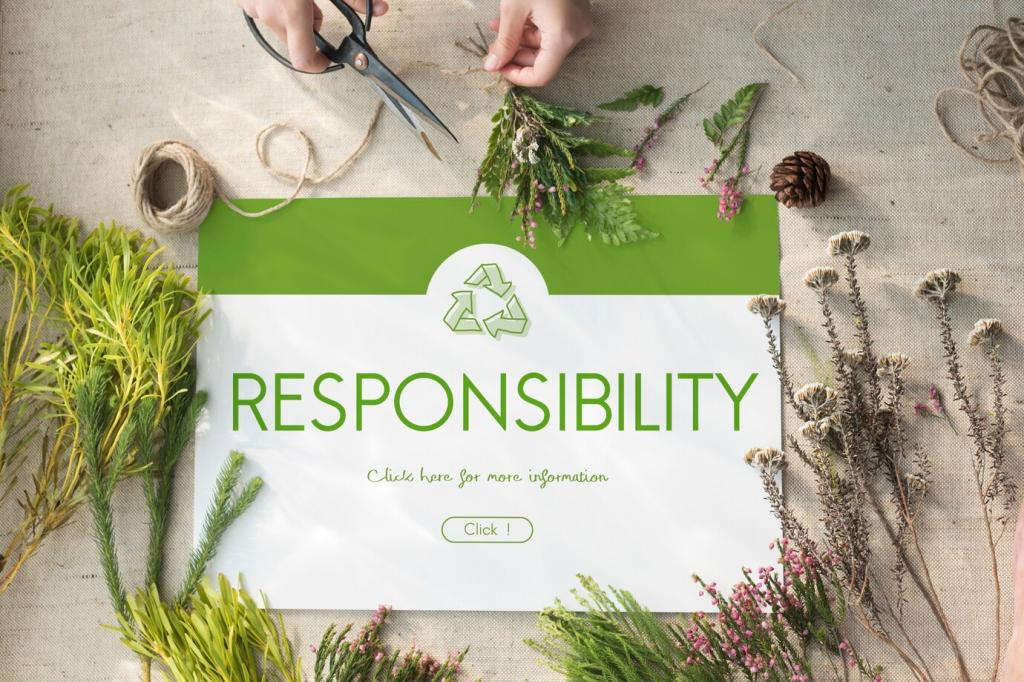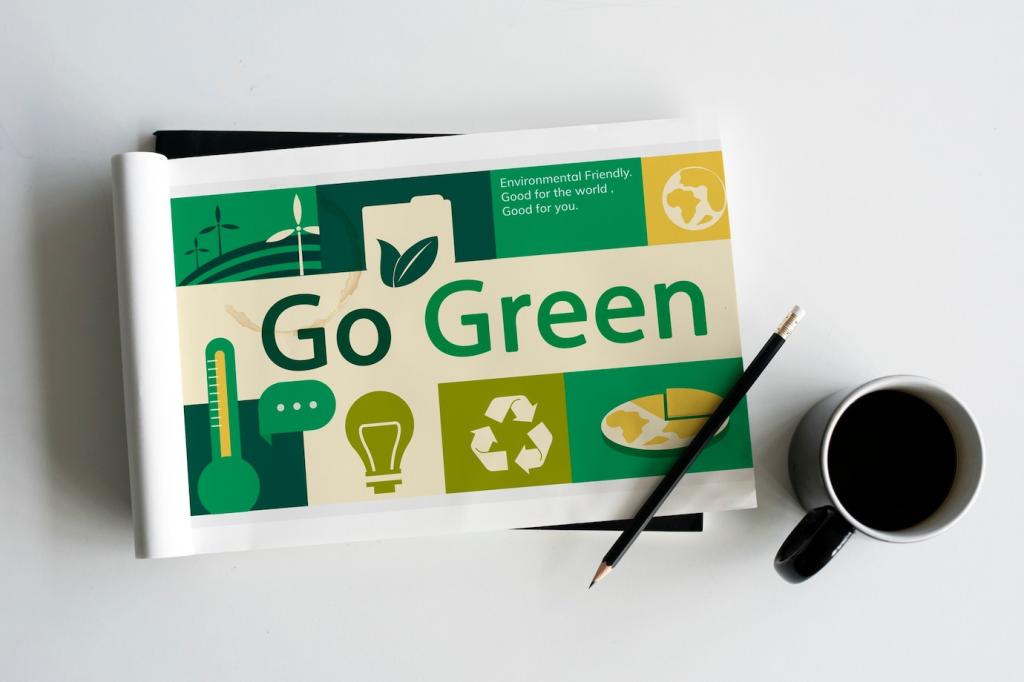Measure What Matters
Monitor unaided recall of your eco promise, message clarity scores, and sentiment on claims. Link to behaviors: refills, repairs, take-backs, and referred purchases. Want our survey question bank and dashboard template? Drop “metrics” below and we’ll share a copy.
Measure What Matters
Publish carbon avoided, water saved, and waste diverted, but always include baselines, scopes, and uncertainty ranges. Explain methodology in plain English. Readers trust numbers that acknowledge limits. Subscribe for a primer on LCA basics and how to communicate them without losing your audience.








